It’s rather difficult to pinpoint one specific area to focus on when writing about Shelly Zegart. To begin, she’s one of the foremost experts on quilts. Her fascination with quilts began back in the late ’70s and early ’80s, and it’s grown considerably during the past few decades. She’s studied their history, collected, bought, sold and appraised them. She’s curated quilt shows around the world. She’s written extensive articles and published a book in Japan about quilts. In 2011, she produced a nine-part documentary series for select PBS stations called Why Quilts Matter: History, Art & Politics. She’s served on the board of directors for numerous organizations, including St. Francis School and the World Affairs Council of Kentucky and Southern Indiana. She was named a Woman of Distinction and is an alumnus of Leadership Louisville. In 2012, she founded, and is president of, the organization Kentucky to the World. Let’s explore the life and work of Shelly Zegart, our latest FACE of Louisville.

Let’s begin with quilts. How did your interest in these pieces begin?
I’ve always been involved with art. I was on the board of the Louisville Visual Art Association. I was also always collecting something all the time. In the late 1970s, I was at a flea market one day and met friends there, and they told me that a man was buying quilts in Kentucky and taking them to New York and Los Angeles to sell. Would I like to meet him? I went over for tea and met Bruce Mann, and he started flinging these quilts out, and I thought, ‘This is incredible women’s art, but, it’s too cheap, it’s anonymous — what’s going on?’ This was just at the beginning of the whole quilt interest movement and awareness.
What happened after you saw the quilts?
When I got home, I couldn’t sleep the entire night. All I kept seeing were these incredible images of the quilts. The whole aesthetic imagery just drew me in. These were great works of art. I invited Bruce over the next day so I could see the quilts again. My husband and I were looking for art for the contemporary house we were building. My husband didn’t like the kind of edgier art I did. We both agreed upon the quilts to be used as art. We purchased quilts to decorate his OB/GYN office as well. Decades later, we donated our personal collection to the Art Institute of Chicago.
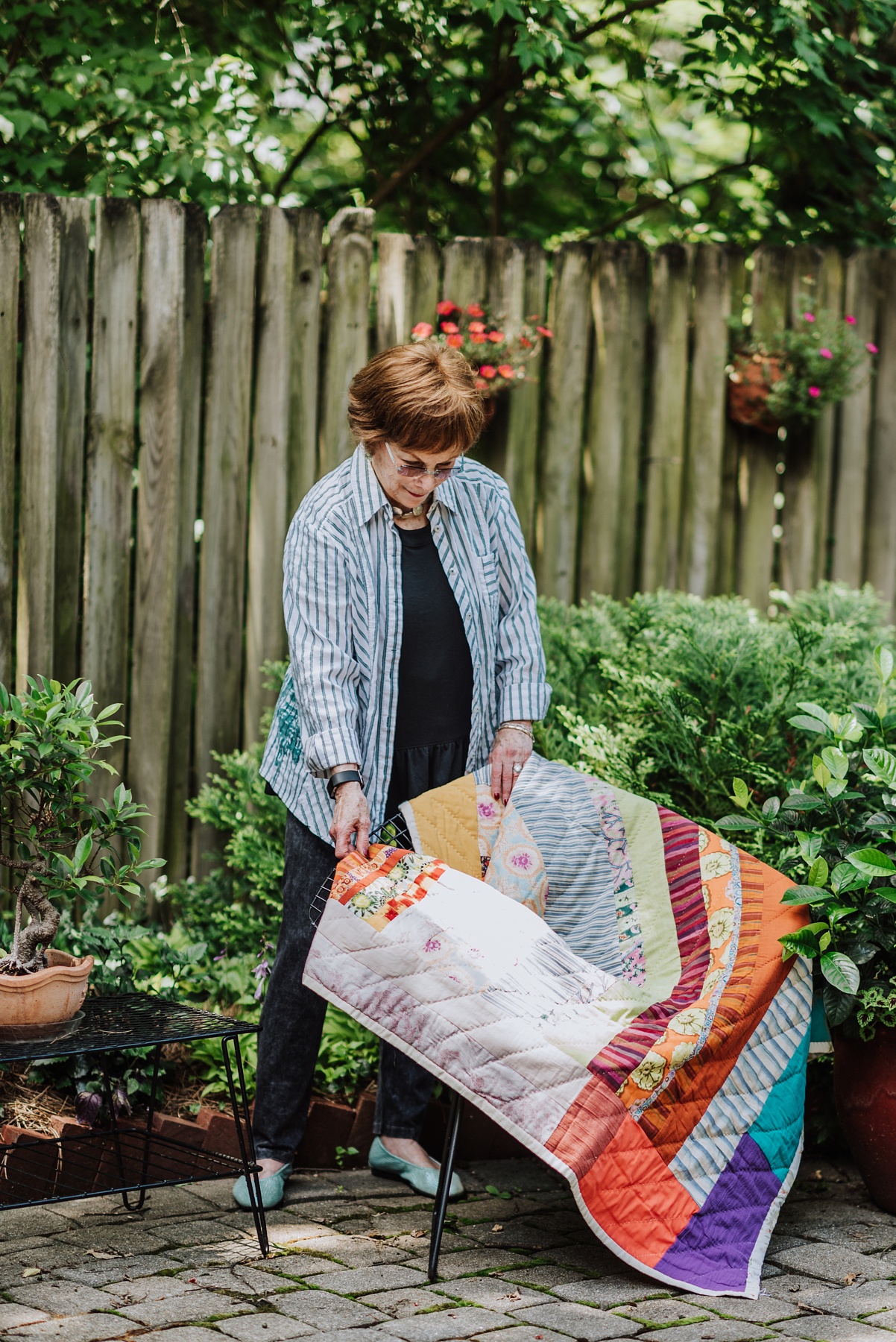
You helped establish the Kentucky Quilt Project. What was the goal of this effort?
We wanted people to have an understanding of what they had — the importance of their family’s quilts. That was the real goal for us. When we started, we had quilt days all over the state. The resulting exhibition traveled with the Smithsonian, and the catalogue sold more than 25,000 copies. Our project became the model or inspiration for every state and many countries and resulted in the documentation of several hundred-thousand quilts over time.
What types of quilts interest you?
I like the pictorial quilts, such as “Settling the West” or “Sunday School Picnic,” the ones that tell the stories by the women who made them. I also like the abstract art. Some quilts come with letters that explain the piece. In the beginning, I was very interested in historic quilts, quilts made before 1940 to 1945, but my interest has also expanded to quilts of today.
RELATED: 10 Unexpected Ways to Incorporate Heirlooms & Antiques into Your Home
How did your knowledge of quilts and quilt history evolve?
I was really fortunate to become involved with some very top museum curators from the beginning. My love of art and my interest in art history and teaching and telling stories all came together.
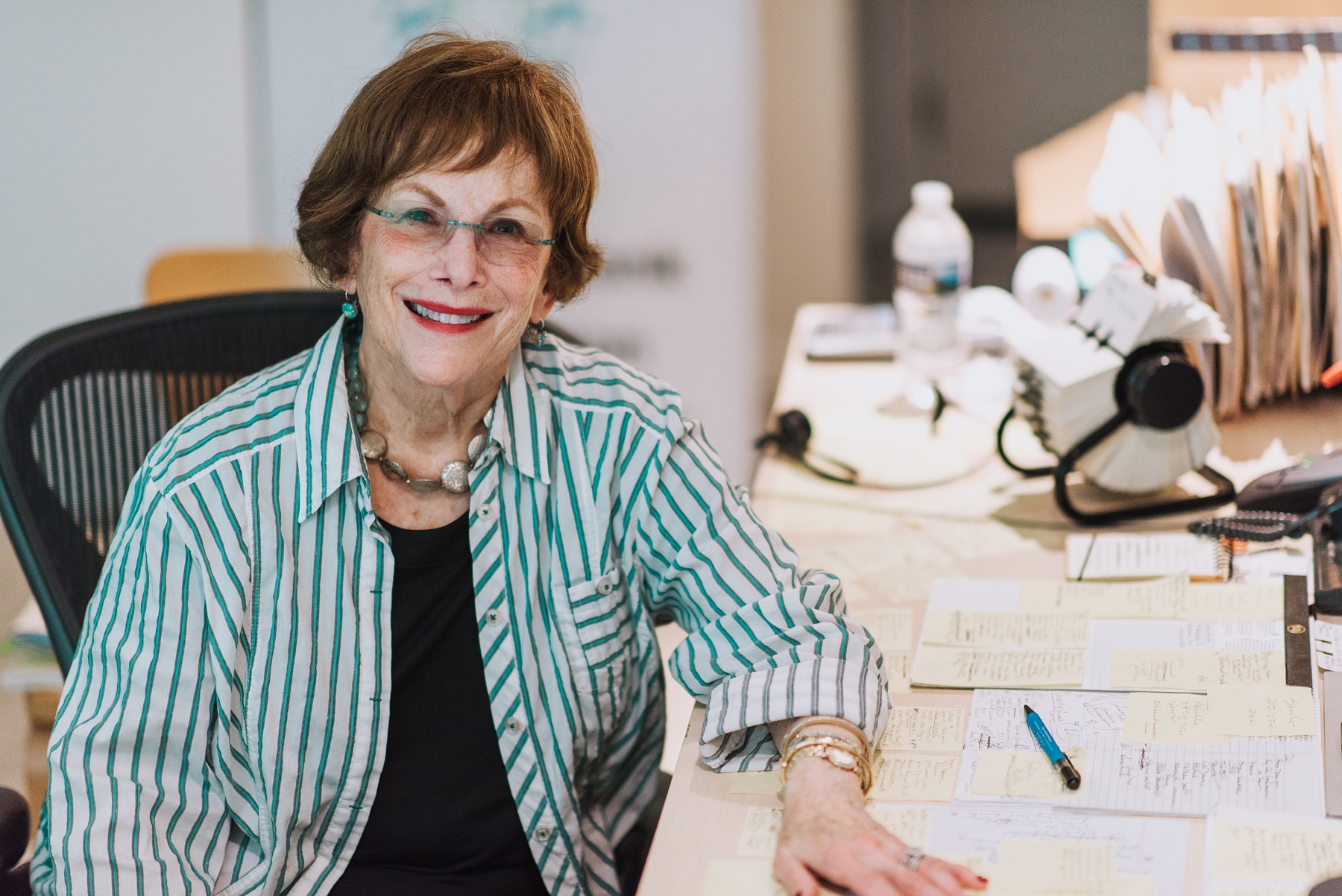
You produced the documentary Why Quilts Matter: History, Art & Politics. How did that begin?
I produced a couple of the planned episodes and took them to KET to the program director Craig Cornwell. He was really excited about it and wanted to see more. He liked the direction we were taking, which had never been done before.
What is the Kentucky to the World organization?
This organization was born out of my love for storytelling and Kentucky. Quilts are all about stories, so it was a natural progression for me to want to tell the stories of amazing individuals with strong Kentucky ties. We work to change the stereotypes that others have of us, and to showcase the incredible people who most don’t know about. That’s why we have these programs, to share the stories of amazing people with Kentucky roots. We have public programs at the Kentucky Center for the Arts, and we have video documentaries that are featured at the locations of our community partners such as the Frazier History Museum.
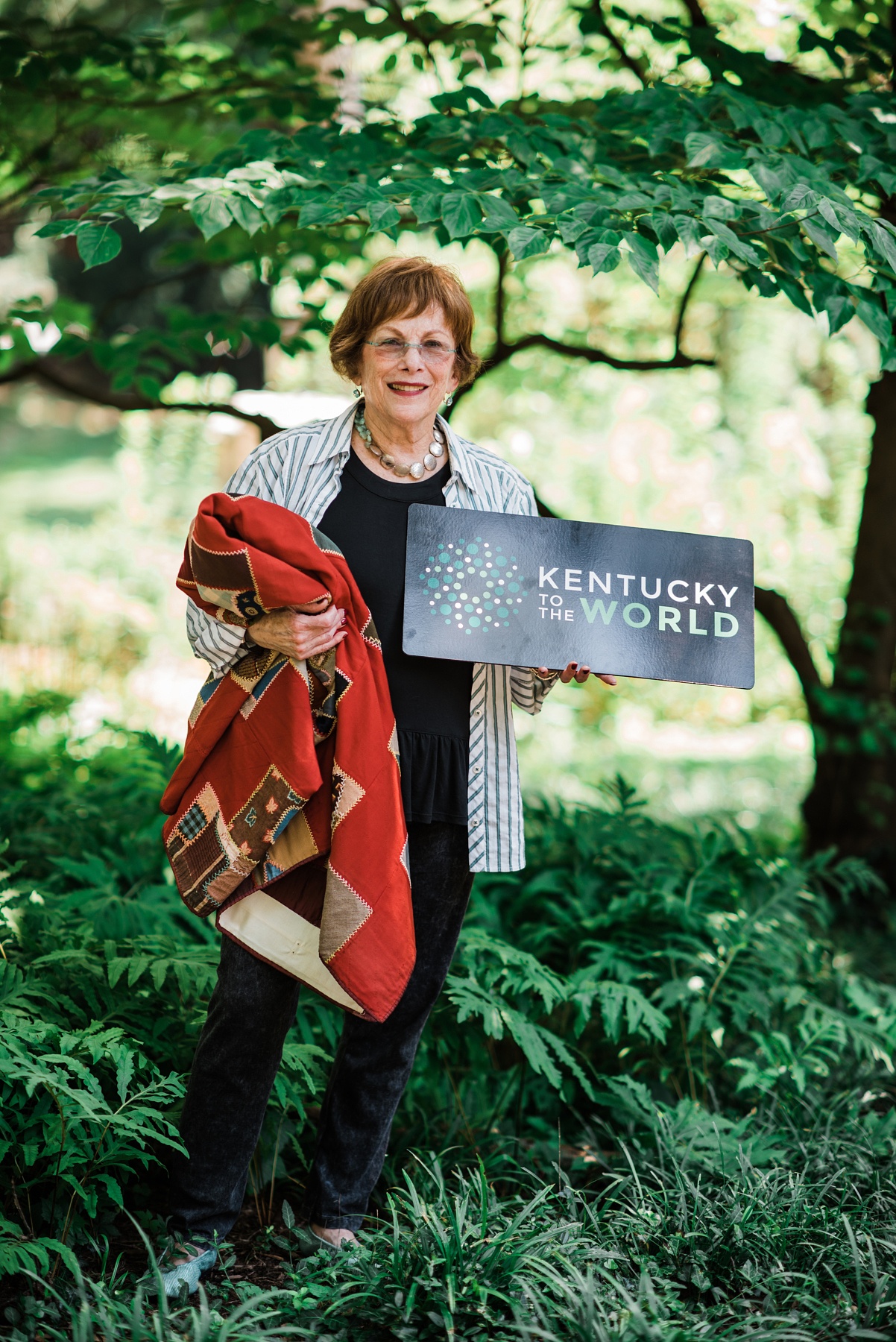
Who are you featuring in Kentucky to the World?
We have two living Nobel Prize winners from Kentucky. One grew up on a farm in Northern Kentucky and he first went to Union College in Barbourville. His name is Phillip Sharp, a geneticist and molecular biologist. He won the Nobel Prize in 1993 for the co-discovery of RNA splicing and is one of the founders of Biogen.
We have two Olympic gold medalist swimmers — one is 24 and one is 54. We talk with them about everything — what’s it’s like to be “washed up” at 25, what the future holds, what it’s like to have that kind of perseverance and what influence their parents had on them. We try to go beyond, “How do you train to be a swimmer?”
We’ve had journalists Michael Wines and his wife Sharon La Franiere who both write for The New York Times. Michael grew up in Shively and attended Pleasure Ridge Park High School in Louisville. He’s been the Beijing bureau chief, the Moscow bureau chief and the Johannesburg bureau chief for the Times.
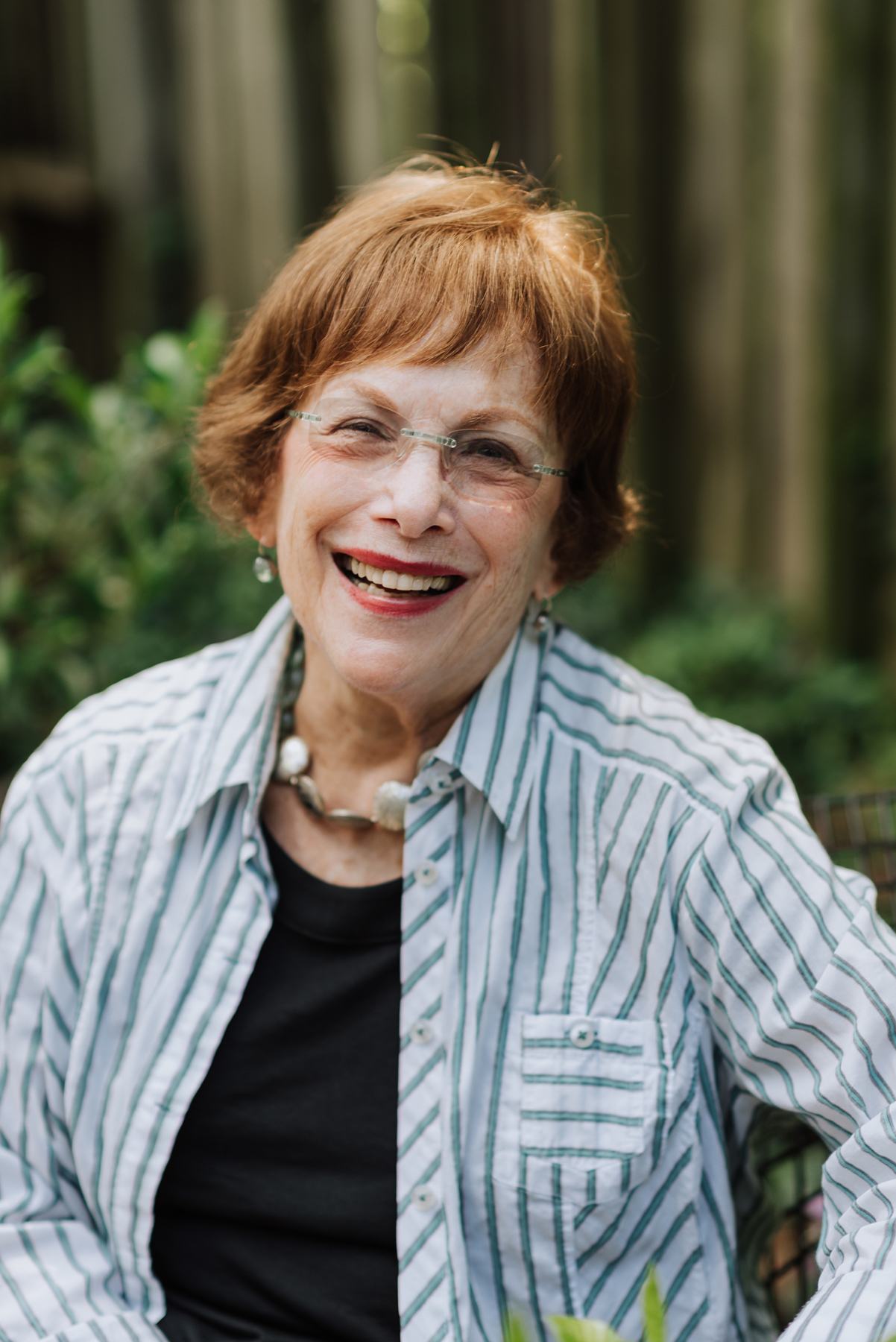
What do you do for fun?
We take advantage of the many local cultural opportunities. We go to the Kentucky Center for the Arts, the Kentucky Author Forum and the Louisville Public Library. We also do a lot of traveling.
What are your favorite Louisville eateries?
We like Chik’n & Mi, Mayan Café, Mussel & Burger Bar, River House and namnam café, as well as many others.
RELATED: The Louisville Food Truck Bible
What would people be surprised to learn about you?
I’m a lot more fun than people think. They probably think I’m a pretty darn serious person.
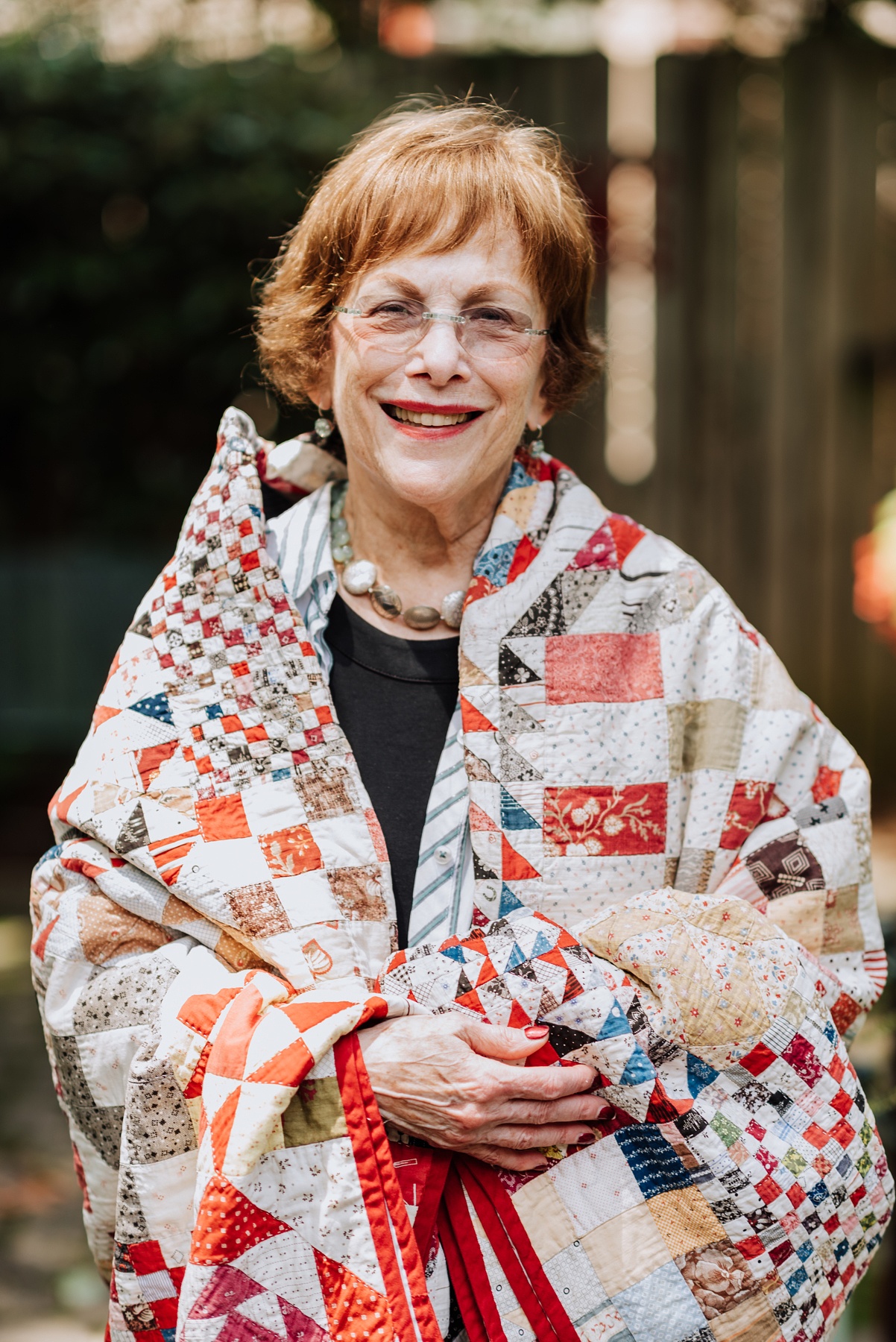
Share your best piece of advice.
My husband has a saying that really keeps me grounded: If it’s not life threatening, it’s only details.
Besides faith, family and friends, name three things you cannot live without.
Connecting with people, great design and great food
Thank you, Shelly! To learn more about Shelly’s quilting expertise, visit shellyquilts.com. And to learn more about her work with Kentucky to the World, visit kentuckytotheworld.org.
And thank you to Christine of Christine Mueller Photography for the beautiful photos of Shelly.
**********
To read about more inspiring women of Louisville, click here!



















